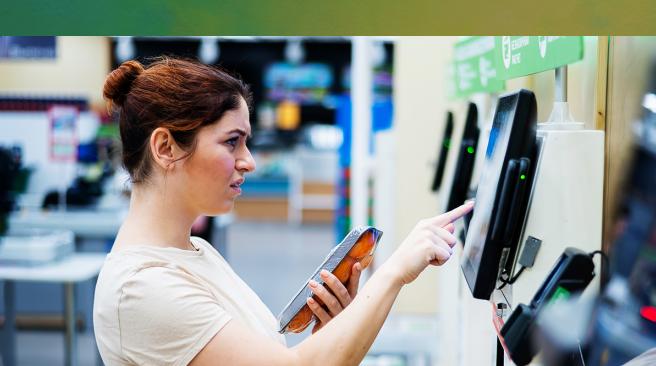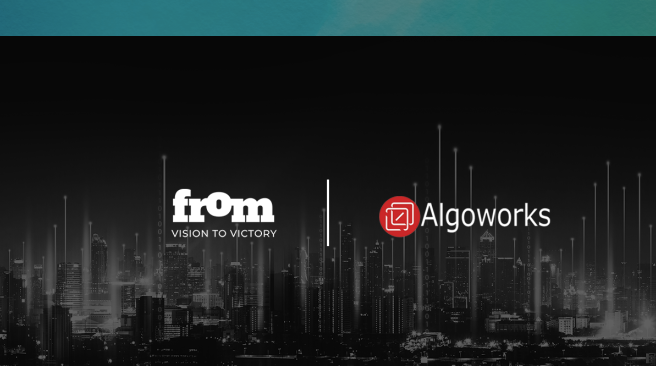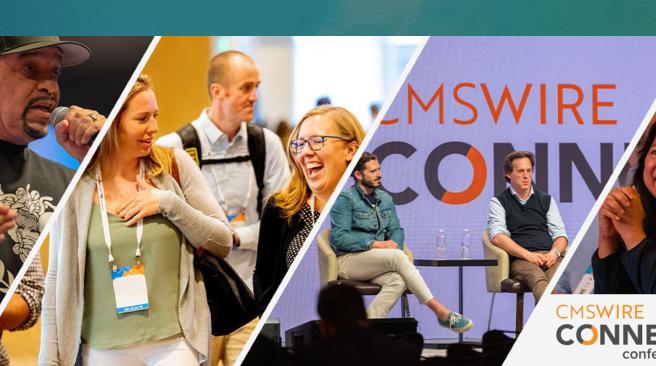
Featured on CIO.com | By Howard Tiersky
Amazon Hasn't Cracked Omnichannel Retailing (Yet)
Amazon is definitely in the race but isn't necessarily at the front of the pack – as the current iteration of the Amazon Books experience demonstrates.
As the dominant digital retailer, Amazon has clearly upended the "bricks and mortar" retail industry. It played a significant role in the downfall of Sports Authority and the bankruptcy of Toys R Us, and its influence is at least partly blamed for disappointing performance for scores of others retailers.
But despite owning up to 44% of all digital sales, Amazon has made several moves in the area of retailing via physical stores.
About a year ago, Amazon unveiled Amazon Go, an interesting concept store it opened near its headquarters just outside Seattle. The store utilizes a variety of technologies, including artificial intelligence (AI) and sophisticated computer vision to innovate the grocery shopping experience. Customers can enter the grocery store, take items off the shelf and then just walk out of the store with them. Technology takes care of tracking the items and processing payment – without lines, cashiers or even scanning. However, to this day Amazon's experimental store remains open only to Amazon employees, and despite multiple confirmed reports of different locations where Amazon was planning to open more full-scale Amazon Go locations, nothing has yet materialized, apparently due to "technical difficulties."
Nevertheless, over the last year, Amazon has made several commercial-scale forays into “brick and mortar” retailing. This includes the acquisition of Whole Foods, and its deal with Kohl’s to let Kohl’s stores accept Amazon returns in certain areas.
Most recently, Amazon opened a chain its own branded bookstores, named Amazon Books, which is currently in 13 locations nationwide, including New York, Los Angeles, San Diego and Chicago, with more on the way.
The Amazon bookstore omnichannel experience
We recently visited a local Amazon Books location, which opened in June 2017, in the Garden State Plaza shopping center in Paramus, New Jersey. It’s a cute little bookshop reminiscent of a small B. Dalton or Hudson Booksellers. However, based on the current customer experience, Amazon has a long way to go to capitalize on the type of vision represented by Amazon Go or even to catch up to some of the current omnichannel leaders like Best Buy and Walmart.
Here is a rundown of the current state of the “omnichannel experience” at Amazon Book Stores.
Buy online/pickup in-store
One of the biggest surprises about the Amazon Books experience is that it is somewhat detached from the online experience. As of the date of this article’s publication, for example, there is no "buy online and pick up in the store" option, as offered by many retailers including Best Buy, Staples and Walmart. You must pick products from the shelf and purchase from the cashier directly at the store.
Additionally, Amazon doesn’t provide the capability to allow Amazon.com online consumers to see whether a title is sold at a nearby Amazon Books, let alone whether it's in stock - a popular feature offered by retailers such as IKEA. When we asked the store about this, we were told with great energy and enthusiasm that we are free to, "call the store anytime and check what they have on the shelf."
Amazon also doesn't use the local store inventory for the fulfillment of items that are out of stock on Amazon.com nor does it notify shoppers of the option to contact the local store to inquire about the availability of an item. For example, a customer recently ordered a Kindle Oasis on Amazon.com. The next day the customer received an email notice that it was back ordered by a week. Even though the customer’s delivery address was less than ten miles from an Amazon Books location, no mention was made of this fact or the possibility of getting the item more rapidly from the store. A quick call to the local Amazon Books confirmed that the product was in stock at the physical store. Had the customer not thought to check, she would have waited an additional week for the product.
Browsing
So, what about the shopping experience? It's fairly traditional. The store does have kiosks that allow you to scan books to check for pricing. However, the kiosks do not provide the level of detail about a book available at Amazon.com. For example, you cannot access reviews or receive suggestions of comparable titles.
Of course, you can use the Amazon app to scan the barcode of any book and pull up all the info on Amazon.com, however, you can also use the Amazon app to do this at any bookstore or library, so this is not specific to the Amazon Book Store. We also noticed that the app does not appear to recognize that you are at an Amazon store, even if you join the Amazon WiFi network before using it.
Amazon Prime members do get a discount at Amazon Books. Non-Prime customers pay full MSRP for books whereas Prime members are charged whatever the prevailing price for the item is on Amazon.com. The Prime prices are not displayed, however, requiring customers to scan the barcode with the Amazon app (or at a kiosk) to see the price.
Despite needing to scan to see the price, you cannot then create a cart and pay via the app. You still must wait in line and hand your items to a human cashier. There is no form of self-checkout.
Payment
The checkout process is also fairly traditional, a far cry from Amazon Go. A friendly cashier will ring up your books just like at Barnes & Noble. You can pay via your Amazon.com account-linked credit cards if you wish, but the process is rather clunky. You first have to download the Amazon app, then use the app’s search feature and scan a QR code taped onto the counter at the store. Next, the app will ask you which stored credit card you wish to use and then the app will present a second QR code on your screen which the checkout person needs to scan using their laser scanner. Its arguably easier to use Apple Pay or even just whip out a credit card from your wallet. In fact, be sure to bring one if you don't have an Amazon account because the store doesn't accept cash.
Returns
Purchases made in the store do appear in your Amazon.com order history. Even if you don’t use your Amazon account to pay for a purchase, when “checking out” at Amazon Books, you are asked for the email address for your Amazon account on the pin pad device (but interestingly not your password). If you provide this, your purchase is added to your Amazon.com order history, but not immediately, it appears to take a day or so to appear.
However, the benefit of this is strictly informational since you cannot return an item purchased at an Amazon Bookstore via the "mail it back" option offered if you purchased the item from Amazon.com. Store items can only be returned to a physical store. Furthermore, items purchased on Amazon.com cannot be returned to a physical store, even if the same item is sold there.
It's certainly way too early to judge Amazon’s long-term omnichannel strategy based on the current limitations of the thirteen Amazon Book Stores, and it would be unwise to underestimate either their completeness of vision or their ability to execute. However, at the moment, many other retailers are ahead of Amazon in this area and potentially have the opportunity to use that lead to avoid ceding further ground to Amazon - and perhaps win back some market share from consumers for whom a comprehensive omnichannel experience is a priority.
The race for digital transformation for all retailers is on. Amazon is in the race but is not at the front of the pack, as the current iteration of the Amazon Books experience demonstrates. Perhaps this is yet another reason to pick up speed.











